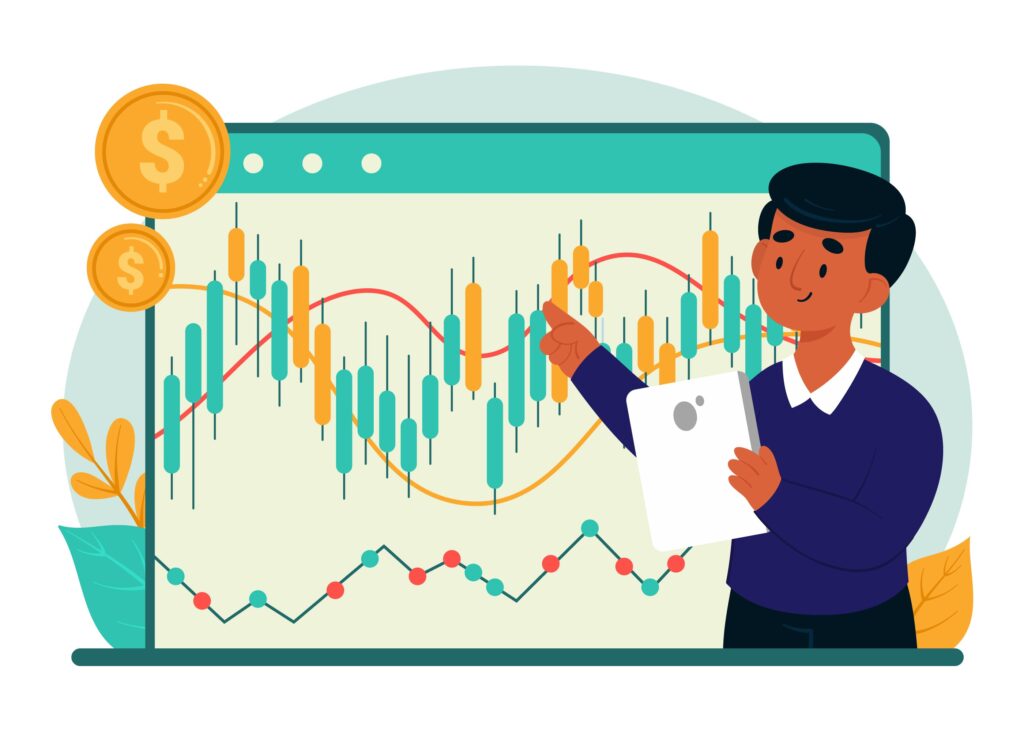Unlock Market Potential with the Buying Power Index: A Marketer’s Guide to Smarter Growth
In today’s data-driven world, understanding your target market isn’t just important—it’s essential. Whether you’re launching a product, expanding into new regions, or optimizing your digital campaigns, knowing where your customers are and what they can spend is critical. That’s where the Buying Power Index (BPI) comes into play.
What Is the Buying Power Index?
The Buying Power Index is a marketing and economic indicator that helps businesses understand the relative purchasing strength of consumers in a specific geographic area—such as a city, county, state, or region.
BPI combines multiple factors to provide a single score that reflects how much spending power a particular population has, making it a go-to tool for marketers, advertisers, and business owners looking to make informed decisions.
The index typically incorporates three primary variables:
- Population – More people usually means more potential customers.
- Effective Buying Income (EBI) – The average disposable income after taxes.
- Retail Sales – The amount of money spent in retail within that area.
Why Is the Buying Power Index Important?
Imagine you’re planning to launch a new product and you’re deciding between three cities. Each has different population sizes, income levels, and retail spending habits. Without data, you’re guessing. But with the Buying Power Index, you can pinpoint which market has the highest purchasing potential, making your decision informed and strategic.
Here’s why BPI matters:
- 🎯 Target the Right Markets: Avoid wasting budget on low-potential areas.
- 💰 Maximize ROI: Focus resources where consumers are more likely to buy.
- 📊 Improve Local Marketing: Customize campaigns based on local economic data.
- 📦 Smarter Expansion: Choose new store or warehouse locations based on economic potential.
How Is the Buying Power Index Calculated?
While the formula can vary slightly depending on the source, the traditional Buying Power Index formula looks like this:
BPI = (Population % × 0.5) + (Effective Buying Income % × 0.3) + (Retail Sales % × 0.2)
Each variable is weighted:
- Population is often weighted most heavily because it determines market size.
- Effective Buying Income reflects the actual income people can spend.
- Retail Sales shows how much people are already spending in that market.
Example:
Let’s say City A has:
- 3% of the national population
- 2.5% of the national effective buying income
- 2% of national retail sales
The BPI would be:
(3 × 0.5) + (2.5 × 0.3) + (2 × 0.2) = 1.5 + 0.75 + 0.4 = 2.65
A BPI of 2.65 means this city contributes 2.65% to the total U.S. buying power—valuable insight when planning market strategies.
Buying Power Index vs. Other Market Metrics
You might wonder how the Buying Power Index compares to other indicators like GDP, household income, or cost of living. Here’s how BPI stands out:
| Metric | What It Measures | Use Case |
|---|---|---|
| GDP | Total economic output | Macro-level, national planning |
| Household Income | Total earnings | General wealth indicators |
| Cost of Living | Expenses in an area | Affordability index |
| Buying Power Index | Population + spending income + actual sales | Actionable market potential |
The Buying Power Index is unique because it blends income, demographics, and behavior—giving you a more realistic view of consumer spending ability.
Real-World Applications of the Buying Power Index
📍 Local Business Expansion
If you run a retail business and want to open a new location, BPI data can help determine which area has the highest demand and spending power.
💻 Digital Marketing Campaigns
For online ads, you can prioritize areas with a higher BPI to improve your conversion rates and reduce your cost-per-click (CPC).
🛒 E-commerce Targeting
If you sell products online nationwide, using the Buying Power Index can help tailor your shipping strategies, product availability, and even ad creatives based on local spending habits.
🏢 Franchise Development
Franchise businesses can use BPI to attract new franchisees by showing which areas have untapped economic potential.
Benefits of Using the Buying Power Index
✔ Better Resource Allocation
Stop wasting money on low-return markets and shift your budget where it truly matters.
✔ Improved Forecasting
With BPI insights, you can better predict demand and stock inventory more efficiently.
✔ Enhanced Customer Understanding
Learn where your best customers live—and what they’re likely to buy.
✔ Competitive Advantage
Many businesses overlook local economic data. Use BPI to stay one step ahead.
Limitations of the Buying Power Index
While the Buying Power Index is powerful, it’s not perfect. It’s important to understand its limitations:
- ❗ Doesn’t Reflect Competition: BPI shows potential, but not how many competitors are already active in the market.
- ❗ No Psychographic Insights: It doesn’t account for preferences, lifestyles, or brand loyalty.
- ❗ Static Data: BPI data may not update in real time and might miss seasonal or sudden economic changes.
That’s why it’s best to combine BPI with tools like:
- Google Analytics
- CRM insights
- Customer surveys
- Market research reports
How to Access Buying Power Index Data
You can access BPI data from several sources:
- Simmons Market Research
- Nielsen
- Claritas
- U.S. Census Bureau (for population and income data)
- Business intelligence tools like Statista or IBISWorld
Many marketing agencies and consultants also use BPI in media planning, geotargeting, and demographic research.
Final Thoughts: Make Smarter Moves with the Buying Power Index
In an increasingly competitive market, you need more than a good product—you need the right strategy. The Buying Power Index gives you a data-backed way to prioritize markets, optimize spending, and grow your business with confidence.
By understanding where your customers live and how much they can spend, you position your business to win—no matter your industry.
✅ Ready to use the Buying Power Index to level up your business? Start analyzing your target markets today and make smarter, more profitable decisions.

